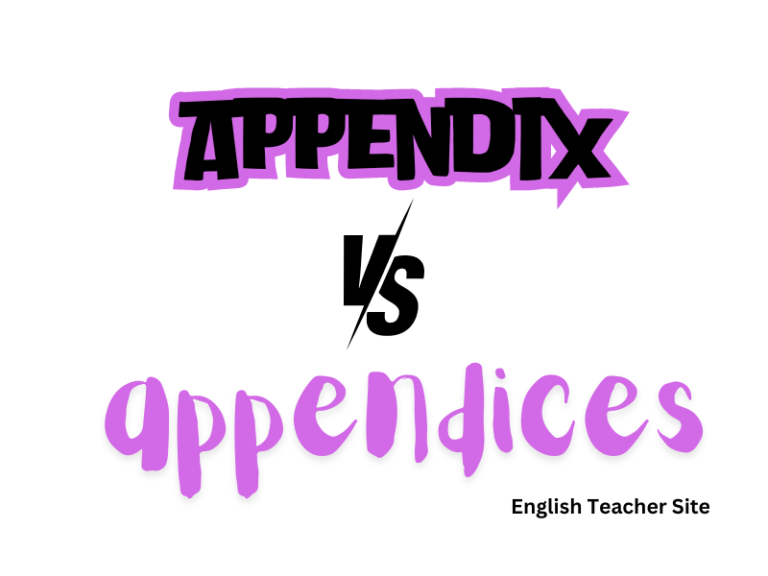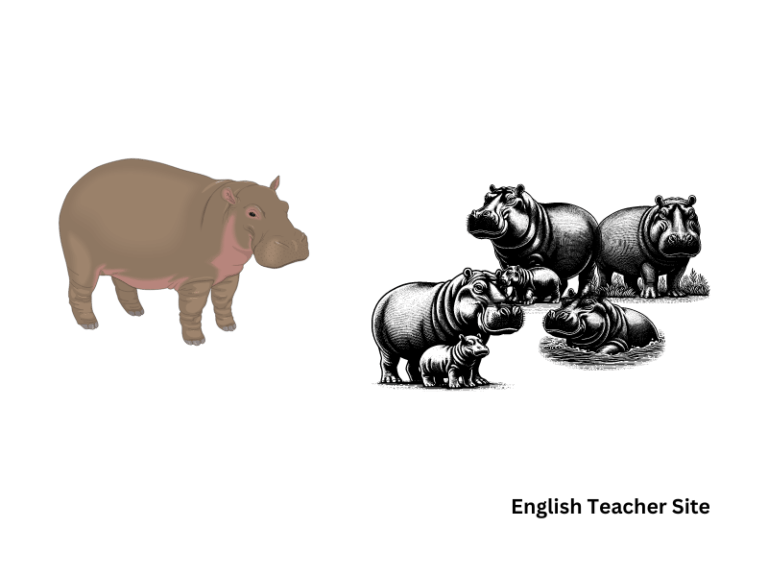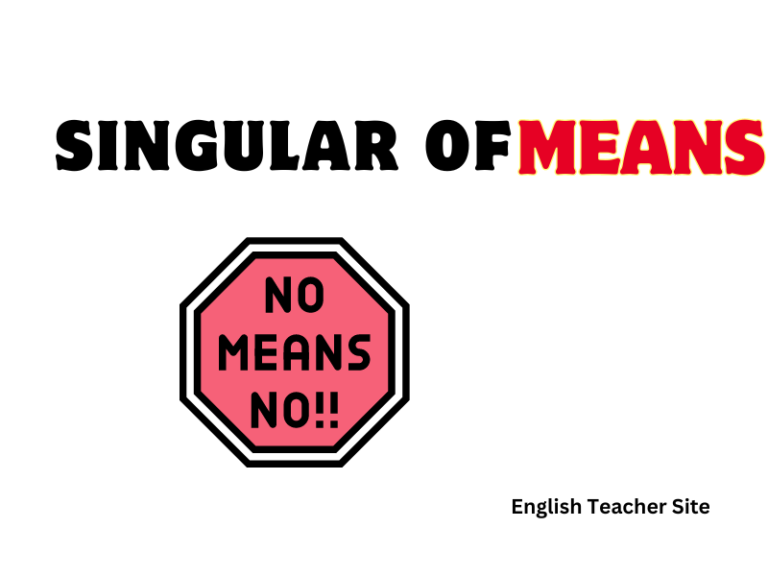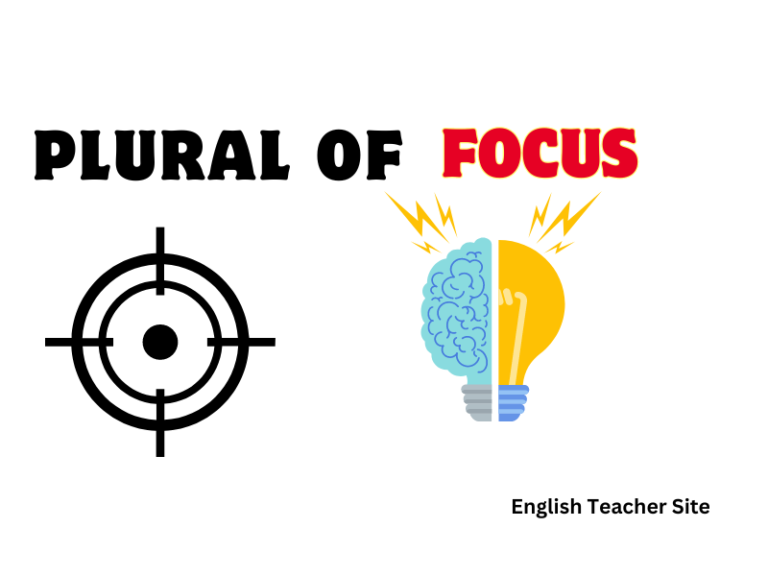Plural of Scarf Explained What You Need to Know
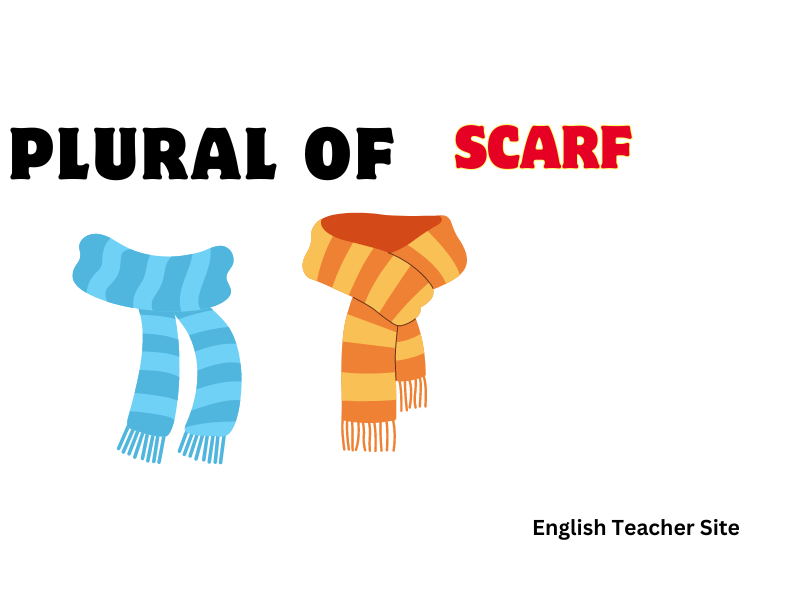
Answer: Both “scarfs” and “scarves” are grammatically correct but “scarves” is preferred mostly.
This guide provides a definitive answer to the age-old debate about the plural of scarf. It explains why both forms exist, how grammar rules apply, and what usage is preferable in contemporary English. You’ll also discover practical tips for avoiding common errors, regional nuances, and examples for everyday application.
How Plurals in English Typically Work
The most common method for forming plurals in English is by adding an “-s” or “-es” to a noun. For instance, “book” becomes “books,” and “box” becomes “boxes.” However, irregular pluralization exists, especially in words rooted in Old English or with foreign origins. These irregularities often depend on historical pronunciation changes or etymological quirks, making them unpredictable for the uninitiated.
The Big Question: Scarfs or Scarves
Scarfs vs Scarves: Which One Is Correct
Both “scarfs” and “scarves” are grammatically correct. Yet, “scarves” is the overwhelmingly preferred plural form when referring to the fabric garment. It aligns with the common pattern for nouns ending in “f,” which often change to “ves” in their plural forms.
The Origin of Both Plural Forms
The term “scarf” entered the English lexicon in the 16th century, likely borrowed from Old North French escarpe. As the English language evolved, it absorbed a variety of pluralization conventions. “Scarves” emerged by analogy with other “f-ending” nouns, while “scarfs” followed the simpler and more regular “add an -s” rule. Both forms were used historically, though “scarves” eventually became the standard.
Why Both Forms Exist and Are Accepted
English thrives on duality and exception. Both “scarfs” and “scarves” have been accepted because the language permits flexibility. “Scarfs” adheres to a more regular plural formation, while “scarves” follows a phonological rule applied to similar words. Linguistic authorities and major dictionaries recognize both forms, although they note a clear preference for “scarves.”
Which One Should You Use in Modern English
Use “scarves” when referring to multiple pieces of neckwear or headwear. It is the standard in modern usage, appearing in formal writing, academic texts, and style guides. Reserve “scarfs” for specific instances where context demands it, such as historical fiction or dialogue reflecting regional speech patterns.
Grammar Rules Behind the Plural of Scarf
How Nouns Ending in F or FE Usually Change
Nouns ending in “f” or “fe” frequently transform by changing the “f” to “v” and adding “es” in the plural. This rule applies because of how the sounds naturally soften in speech. For example, “wolf” becomes “wolves,” and “wife” becomes “wives.”
The Rule and the Exceptions Explained
Despite this common rule, exceptions abound. Words like “roof” and “chief” retain their “f” endings in the plural (“roofs,” “chiefs”). These anomalies typically stem from different etymological roots or pronunciation patterns. “Scarf” straddles the boundary—either plural is historically justified, but usage has shifted toward the “ves” convention.

Scarfs in Different Contexts
Scarfs as a Verb and How It Changes Things
“Scarf” functions as a verb, meaning to eat something quickly or greedily—often in colloquial speech. For example, “He scarfs down his meal in five minutes.” In this case, “scarfs” is the third-person singular present tense of the verb and is unrelated to the noun’s plural form.
Regional Differences in Usage
British English generally favors “scarves” as the plural noun, whereas American English exhibits more tolerance for “scarfs.” Nonetheless, “scarves” remains the dominant form in both regions for formal communication.
Examples in Everyday Use
Sentences Using Scarves Correctly
- She draped several colorful scarves over the chair.
- They donated warm scarves to the homeless shelter during winter.
- He purchased two silk scarves from the boutique.
Sentences Using Scarfs Correctly
- The merchant displayed a collection of traditional scarfs.
- He scarfs his food so quickly that he hardly tastes it.
- The soldiers wore ceremonial scarfs as part of their uniform.
How to Decide Which Form Works for You
For clarity and correctness, choose “scarves.” Use “scarfs” only when context demands historical accuracy, regional authenticity, or verbal usage referring to swift consumption.
Expert Tips for Remembering the Correct Plural
Easy Memory Tricks That Work
Think of “knife,” “leaf,” and “scarf” as a trio that follow the same pattern. If you remember “knives” and “leaves,” “scarves” will naturally follow.
When in Doubt What to Do
When uncertainty strikes, default to “scarves.” It is the accepted standard in modern English and endorsed by leading dictionaries and style authorities.
Frequently Asked Questions
Is Scarfs Ever Wrong
No. “Scarfs” is not incorrect but is less commonly used. It is often reserved for specific contexts, including its use as a verb.
Are Scarves More Common in British or American English
“Scarves” is more common in both British and American English. British English consistently prefers “scarves” for the plural noun, while American English may tolerate “scarfs” informally.
Do Style Guides Prefer One Form Over the Other
Yes. Style guides such as The Chicago Manual of Style and the Oxford Style Manual recommend “scarves” for formal writing and discourage the use of “scarfs” unless contextually appropriate.
Conclusion
Key Takeaways on the Plural of Scarf
Both “scarfs” and “scarves” are correct, but “scarves” is the preferred and more widely accepted plural form in modern English. Understanding the grammar rules and historical context makes it easier to choose the right one. Use “scarves” without hesitation in formal or informal writing. Confidence in language comes from clarity, and with this knowledge, clarity is yours.
Sources
My name is Khamis Maiouf. I am the creator of the English Teacher Site, dedicated to providing valuable resources and insights for students around the world. With a passion for education and a commitment to helping students enhance their skills, I aim to make English teaching more effective and enjoyable for both educators and students.



